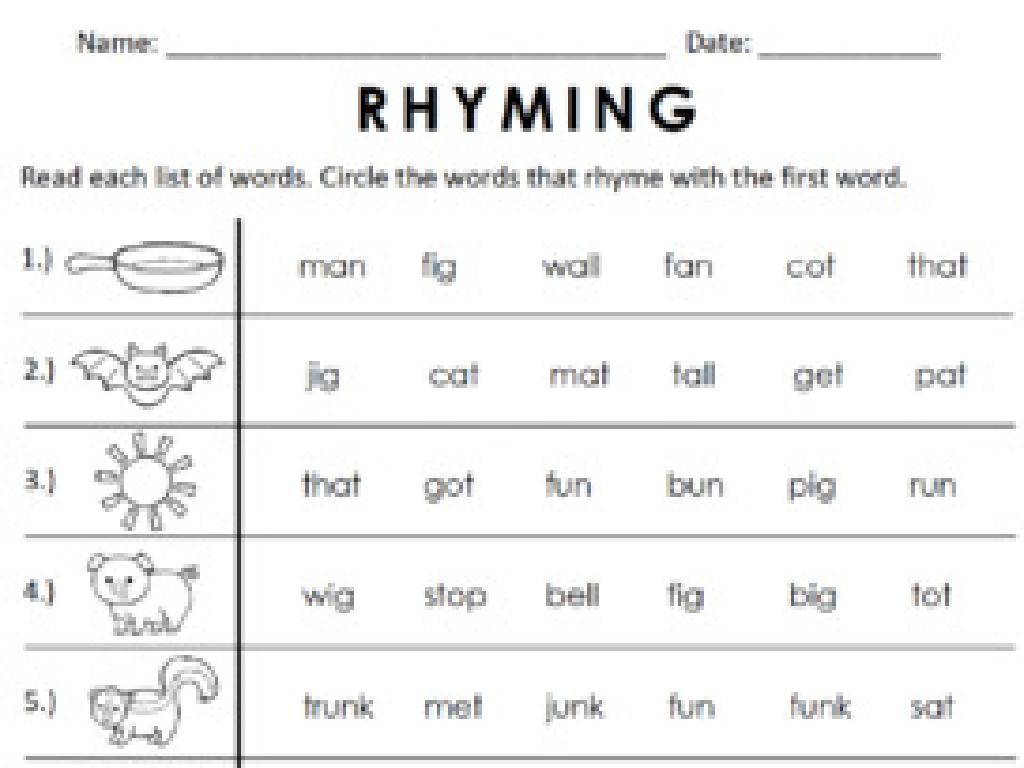Rosa Parks
Subject: Social studies
Grade: Second grade
Topic: Historical Figures
Please LOG IN to download the presentation. Access is available to registered users only.
View More Content
Meeting Important People: Rosa Parks
– What is a historical figure?
– Historical figures from the past
– People who did great things long ago
– Meet Rosa Parks
– Known as the ‘Mother of the Freedom Movement’
– Why Rosa Parks is important
– Stood up for equality and rights
|
This slide introduces second-grade students to the concept of historical figures, setting the stage for a discussion on why we study people from the past. Begin by asking the class what they think a historical figure is to engage them in the learning process. Introduce Rosa Parks as a key historical figure, explaining her pivotal role in the Civil Rights Movement as the ‘Mother of the Freedom Movement.’ Highlight her brave act of refusing to give up her seat on a bus, which was a catalyst for change and the fight for equal rights. The aim is to help students understand the impact of Rosa Parks’ actions and why she is celebrated as an important figure in history.
Who is Rosa Parks?
– Known as ‘Mother of the Civil Rights’
– Rosa Parks helped fight for equal rights
– Stood up for herself on a bus
– She bravely said no to unfair rules
– Her courage sparked change
– People joined together because of her
– Rosa Parks is a hero
|
Rosa Parks played a pivotal role in the Civil Rights Movement by refusing to give up her seat on a segregated bus. This act of defiance became a symbol of the struggle for racial equality and inspired the Montgomery Bus Boycott. It’s important to convey to the students that her actions were a form of peaceful protest that led to significant changes in laws and attitudes in America. Highlight her bravery and the impact she had on history. Encourage students to think about how one person standing up for what is right can make a big difference.
The Story of Rosa Parks
– A special day on a bus
– December 1, 1955, in Montgomery, Alabama
– Rosa Parks’ brave choice
– She chose not to give up her seat
– Reading Rosa’s story
– Understanding Rosa’s impact
– Rosa helped start a big change for fairness
|
This slide introduces the story of Rosa Parks, a key figure in the Civil Rights Movement. On December 1, 1955, Rosa Parks made a brave decision on a bus in Montgomery, Alabama, that would contribute to a significant change in American history. She stood up for her rights by refusing to give up her seat to a white passenger. This act of defiance became a pivotal moment in the fight against racial segregation. The slide sets the stage for reading a story about that day, which will help students understand the importance of Rosa Parks’ actions and the impact she had on the Civil Rights Movement. Encourage students to think about fairness and what it means to stand up for themselves and others.
The Importance of Rosa Parks’ Action
– Rosa led to the Bus Boycott
– Her refusal to give up her seat started the Montgomery Bus Boycott.
– Unity can change laws
– When people join hands, they have the power to make unfair rules fair.
– Rosa’s impact on equal rights
– Thanks to brave people like Rosa, everyone has the same rights now.
|
This slide aims to explain the significance of Rosa Parks’ actions in the context of the Civil Rights Movement. Highlight how her simple act of defiance against an unfair system sparked a large-scale boycott, the Montgomery Bus Boycott, which was pivotal in the fight against racial segregation. Emphasize the power of collective action and unity in bringing about social change. Discuss how the efforts of individuals like Rosa Parks have contributed to the rights and freedoms we enjoy today. Encourage students to think about how they can work together to address unfairness in their own lives.
Rosa Parks’ Legacy
– Rosa Parks’ bravery awards
– She received the Presidential Medal of Freedom.
– One person’s impact
– Her actions sparked a big change for equality.
– Lessons from Rosa Parks
– Rosa teaches us to stand up for fairness.
– Being brave like Rosa
|
Rosa Parks is an important historical figure who stood up for civil rights. She received many honors, including the Presidential Medal of Freedom and the Congressional Gold Medal. Her refusal to give up her bus seat to a white person was a pivotal moment in the fight for equal rights. This act of bravery shows that one person’s actions can inspire a large movement for change. In class, discuss with students how Rosa Parks’ courage teaches us to stand up for what is right, even when it’s difficult. Encourage them to think of ways they can be brave in their own lives.
Role Play: The Story of Rosa Parks
– Act out Rosa Parks’ bus story
– Assign roles: passengers, drivers, Rosa
– Use respectful words and actions
– Understand Rosa’s courage
– Rosa bravely stayed seated to fight unfair rules.
|
This class activity is designed to help students empathize with Rosa Parks and understand the significance of her actions in the Civil Rights Movement. By assigning roles and acting out the scenario, students will engage with history in a personal and memorable way. It’s important to guide them to act respectfully, mirroring the dignity that Rosa Parks maintained. As a teacher, prepare a simple script or key points for the students to follow. Possible variations of the activity could include having students switch roles, discuss how they felt during the role-play, or draw a picture of the scene they acted out. The goal is to foster a discussion on fairness, equality, and the impact of individual actions on social change.
Reflection: Being Like Rosa Parks
– Share your role play feelings
– Discuss standing up for ourselves
– It’s important to be brave and speak up
– Why standing up for others matters
– Helping others can make the world better
– Ways to be like Rosa Parks today
– Show kindness, courage, and be fair to everyone
|
This slide aims to facilitate a discussion among second-grade students about their feelings during a role play activity on Rosa Parks. Encourage them to express what they felt while reenacting historical events. Discuss the importance of standing up for oneself and others, drawing parallels to Rosa Parks’ actions. Emphasize the impact of her bravery and how it changed history. Ask students to think of ways they can demonstrate courage and fairness in their daily lives, just like Rosa Parks did, and how these actions contribute to a better community. This reflection will help students understand the significance of individual actions in creating social change.
Remembering Rosa Parks
– Rosa Parks showed courage
– She bravely refused to give up her seat on a bus.
– She changed the world
– Her actions started a movement for equal rights.
– Treat everyone with respect
– Stand up for what’s right
|
This slide concludes our lesson on Rosa Parks, emphasizing the values of courage, fairness, and the impact she had on the world. Rosa Parks is celebrated for her brave act on December 1, 1955, when she refused to give up her seat on a bus in Montgomery, Alabama. This act of defiance became a pivotal moment in the Civil Rights Movement. It’s important for students to understand that her actions led to significant changes in laws and attitudes towards racial equality. Encourage students to think about how they can apply the principles of respect and standing up for what is right in their own lives. Discuss with them how one person can make a difference and inspire others to work towards a fair and just society.






